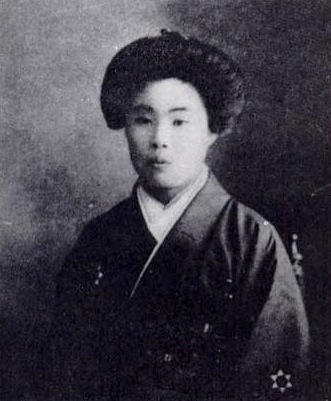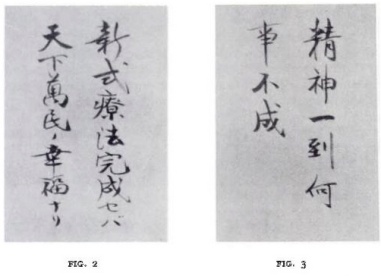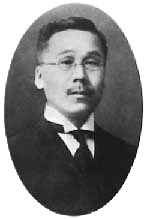The Site of a Former Haunted House
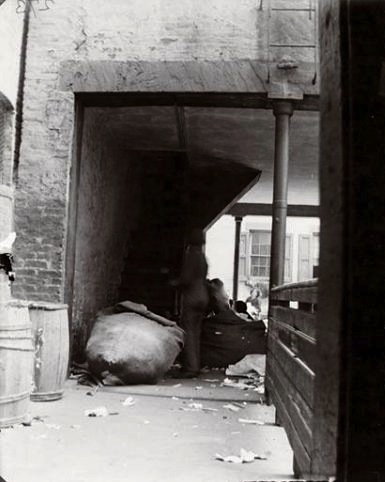
In all honesty, this post is more of a side trip from parapsychology. I could title it “Fun with Research.”
The other day I was browsing a collection of digitized images that the Museum of the City of New York recently made available online. Thinking of this blog, I did a search on the word “haunted.” That always has interesting results.
The first photograph to come up was this one. The caption read:
Arch under the first rear tenement at 55 Baxter Street leading to the second rear, with stairs up which Vincenzo Nino went to murder his wife in 1895. House believed to be haunted.
I searched through The New York Times archives and learned that Vincenzo Nino was an unemployed barber who killed his wife Marie with a razor blade on February 19, 1895. He made no attempt to get away afterwards and when the police arrived he was dressing his two children, a nine year old boy and a six year old girl. The caption for the next photograph read:
The rear room in the top floor of 55 Baxter Street in which Mrs. Nino was murdered—since deserted. On May 23, the splash of blood on floor and walls was there yet.
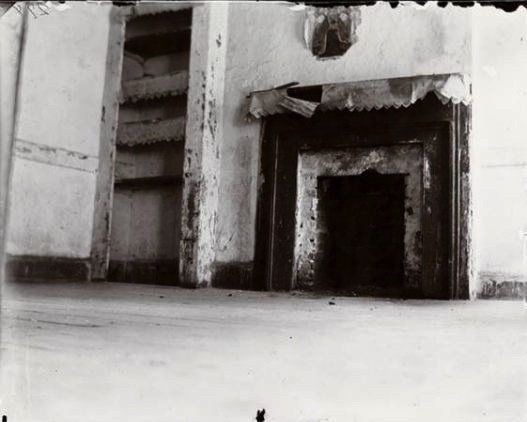
Nino pleaded insanity and was sentenced to the electric chair, but the the Court of Appeals reversed the judgement and said he had to be re-tried. When reporters asked the warden at Sing Sing if Nino had been told yet he laughed and said, “It don’t make much difference whether I tell him or not.” He thought Nino was crazy and the prison physician thought so too.
Nino and his wife had immigrated here from Italy ten years before, and she supported the family by picking rags. The article said the Gerry Society took the children (the Gerry Society would become the New York Society for the Prevention of Cruelty to Children ). I wonder what happened to them.
If 55 Baxter Street was haunted it wasn’t haunted for long. All the buildings on that side of the block are gone today and in their place is a park and basketball courts (on the other side of the street is the Criminal Court building).



